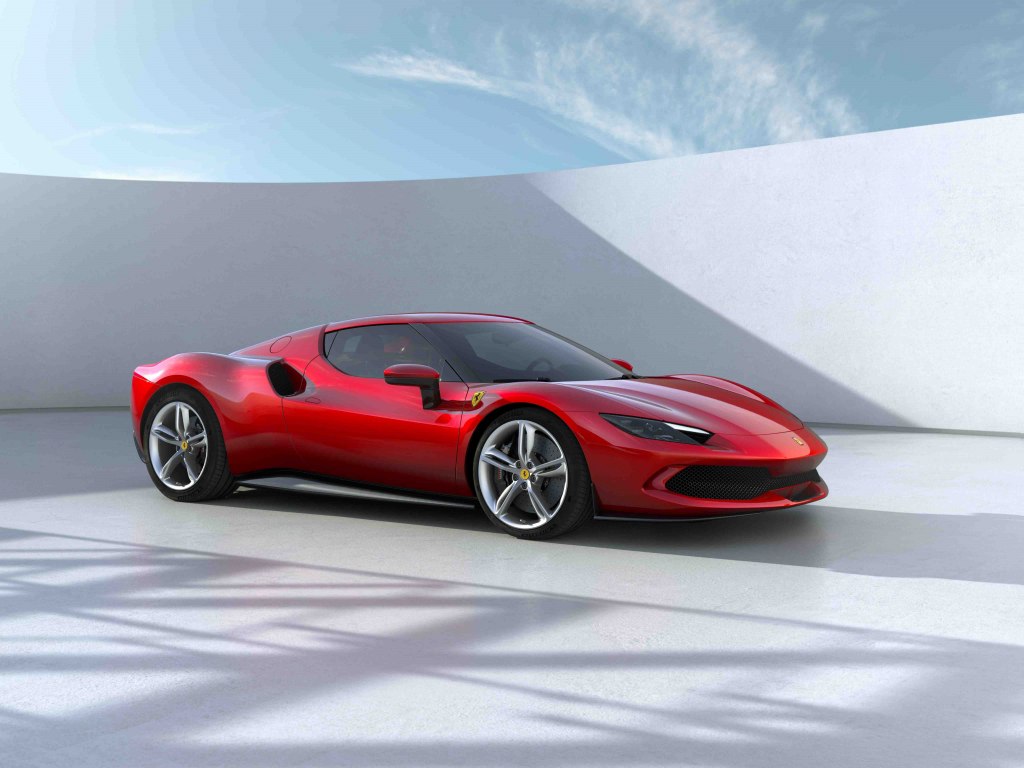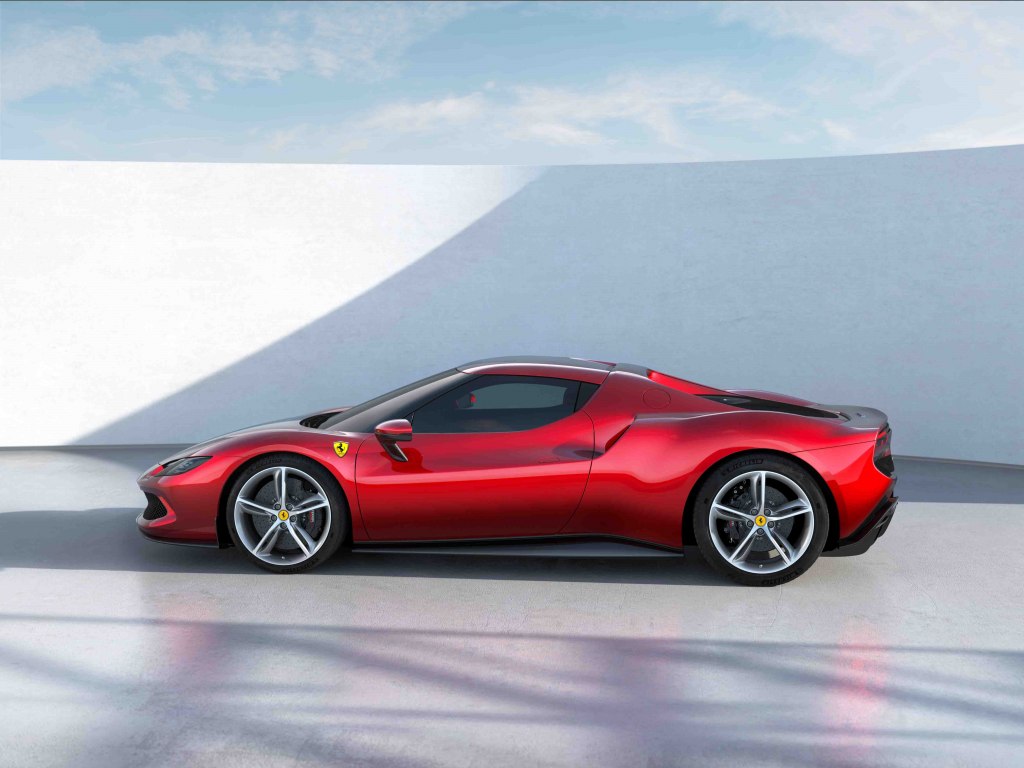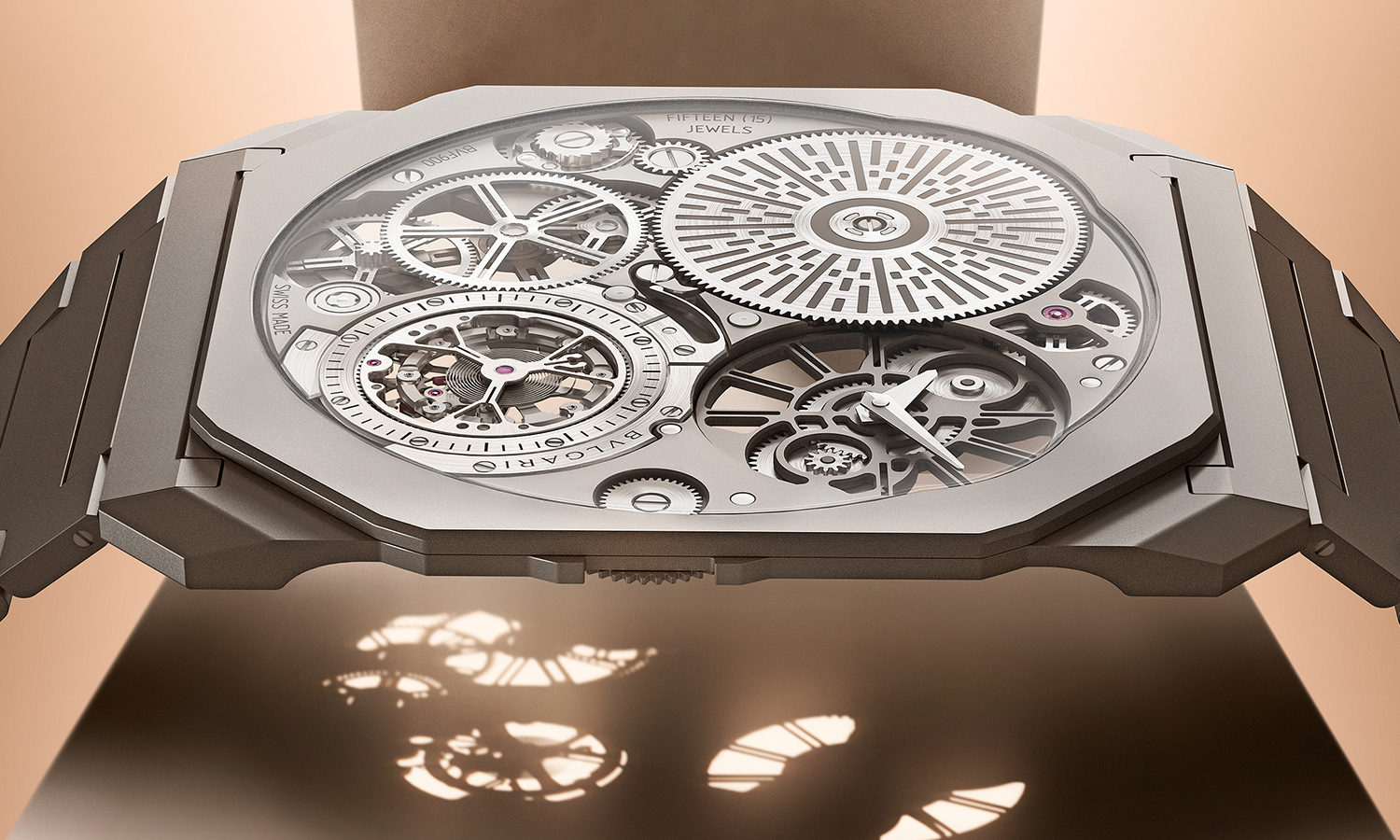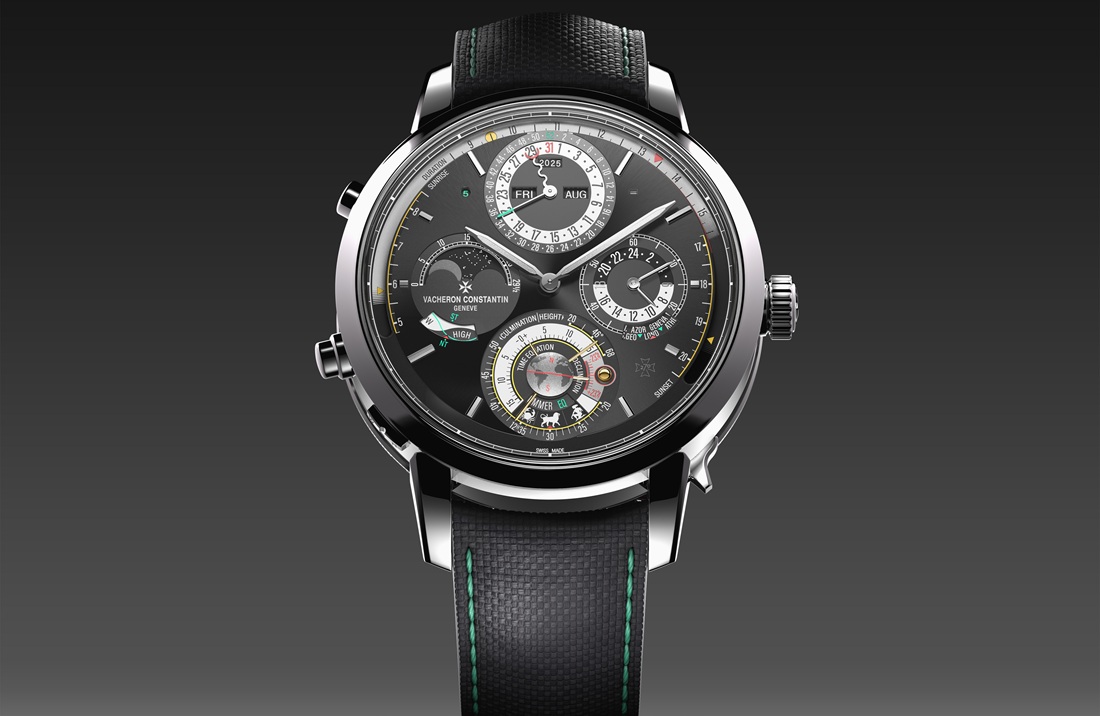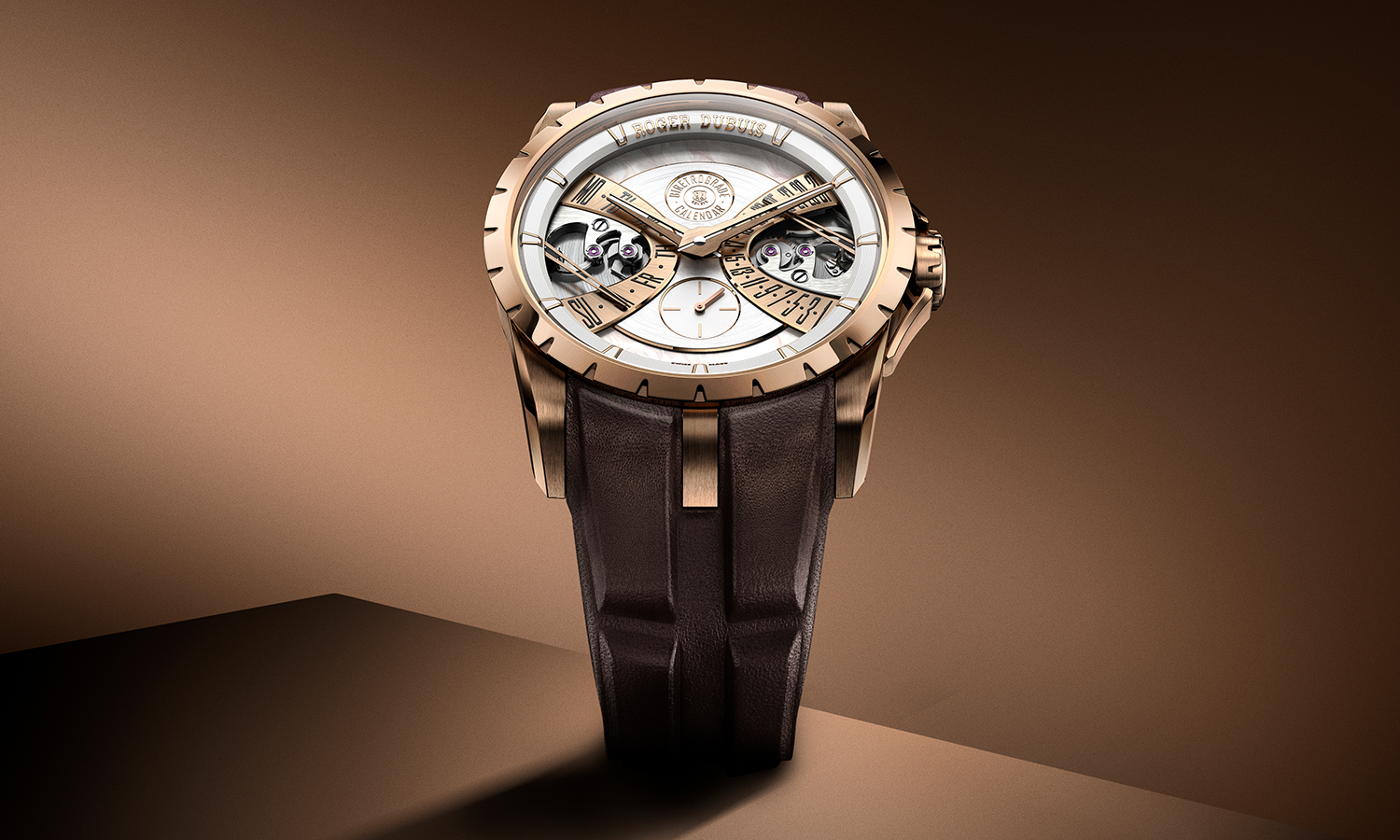
Ferrari 296 GTB: Redefining Fun To Drive
Ferrari ushers in an authentic revolution by introducing a new engine type to flank the multi-award-winning 8- and 12-cylinder power units. The 296 GTB is the first 6-cylinder engine installed on a road car sporting the Prancing Horse badge; it unleashes its massive 830 CVs total power output to deliver previously unthinkable performance levels and an innovative, exhilarating and unique soundtrack.
The important specs to note are a combined 830 hp/740 Nm from the twin-turbo, hot-vee 2.9-litre 120-degree V6, and 166 hp electric motor (MGU-K) nestled between the engine and eight-speed DCT gearbox, itself a modified version of the one in the SF90 with shorter ratios and an added cog for reverse. The hypercar can speed from 0-100 kph in 2.9 seconds and 0-200 kph in 7.3 seconds (half a second quicker than the F8). With a top speed over 330 kph, a rev limit of 8,500 rpm, the 296 GTB truly redefines the driving experience.
The Ferrari 296 GTB, like the SF90, can be driven on electric power alone, for a distance up to 25 km at speeds of up to 135 kph. The 7.45 kWh battery pack is smaller than the SF90’s. Ferrari claims the 2.9-litre V6 has set a record for the highest specific power output at 221 hp per litre, and special attention has been paid to how it sounds with a patented ‘hot tube’ exhaust resonator, resulting in an engine that’s come to be known as the “little V12” internally. The 296 GTB follows a similar blueprint that of the SF90 but perhaps more refined and sophisticated. There are numerous advances and anecdotes to the luxury automobile brand’s iconic models of the past. For instance, the vertical ‘Kamm’ tail is inspired by the Ferrari 250 LM racecar, one of Ferrari’s greatest motorsport hits. The designers keep the car-free from noticeable aero enhancements, relegating aero elements to the darker lower portion of the vehicle.
The 296 GTB rides on the shortest wheelbase Ferrari in the line-up, which is 50mm smaller than the F8, which will undoubtedly help agility thanks to the new 6-way sensor that helps sense the limit of grip let better the electronics do their job. Ferrari also says the 296 GTB’s centre of gravity is lowered by 10mm compared to the F8 through an overall lower positioning of the V6 powertrain.
EXTERIOR
The Ferrari 296 GTB’s design is the result of the desire of the Ferrari Styling Centre to redefine the identity of the mid-rear-engined two-seater Berlinetta by giving it an extremely compact line with an original, modern look. The short wheelbase and its monolithic, sculpted structure make the 296 GTB the most compact Berlinetta to emerge from Maranello in the last decade.
The 296 GTB reveals all of its elegance in the side view, which is characterised by the sinuous muscle of the wings. The headlights take their inspiration from the “teardrop-shaped” headlights of the past. With the lights off, a thin “black screen” line runs the entire width of the rear horizontally. When the taillights are on, two strips of light appear on either end of the rear. The designers reinterpret the traditional twin round taillights by incorporating the other light functions in two semi-circular indents in the rear surface below the sidelights.
The 296 GTB features a single central exhaust tailpipe – a modern touch. The exhaust design completes the lower part of the profile of the centre of the bumper, which extends upwards to the taillights at either end, thereby emphasising the horizontal feel of the rear of the car. The central wing is stowed in the bodywork between the taillights and completes the design. The carbon fibre wheel option is also 8 kg lighter than its forged counterpart and sets a whole new performance benchmark.
COCKPIT
The 296 GTB’s cockpit was developed around an entirely digital interface concept, which Ferrari first debuted on the SF90 Stradale. This interior layout draws on the latter’s stylistic coherence for its forms. A pure, minimalistic connotation is characterised by a powerful elegance that perfectly mirrors the exterior’s design on an aesthetic level. The 296 GTB’s cabin raises the concept of the formal purity of the functional elements to new heights.
From a legal perspective, when the engine is off, the onboard instruments go black, enhancing the minimalist look of the cabin. Exclusive Italian leather trim to the seats is further enhanced by the noble technical materials used on the functional components. Once the capacitive ‘Start Engine’ button is touched, all parts gradually spring to life, and the 296 GTB reveals its technological glory in the form of an exceptionally modern, ergonomic and utterly digital interface. The central instrument cluster is set into a deep cleft carved out of the dashboard trim, characterised by a deliberately clean, taut surface.
The sculptural door panel is a seamless continuation of the dashboard in terms of both materials and colour. On the central medallion, the styling cue is a deep lozenge-shaped scoop, a three-dimensional element. This type of architecture makes the entire door panel look extremely light and integrates the theme to the rear trim. For the 296 GTB, the designers created specific diapason-style seats using contrasting grooves which coordinate aesthetically with the edge strip of the instrument cluster. Rather than metal, the designers have opted for a thermoplastic cover in the same colour as the dash.
For those who want a more focused driving experience, then the Assetto Fiorano package is also available. The Ferrari 296 GTB is the perfect marriage of functionality, technology and design, guaranteeing that the aerodynamic performance required is delivered without sullying the purity of the design.
 SIGN UP
SIGN UP

